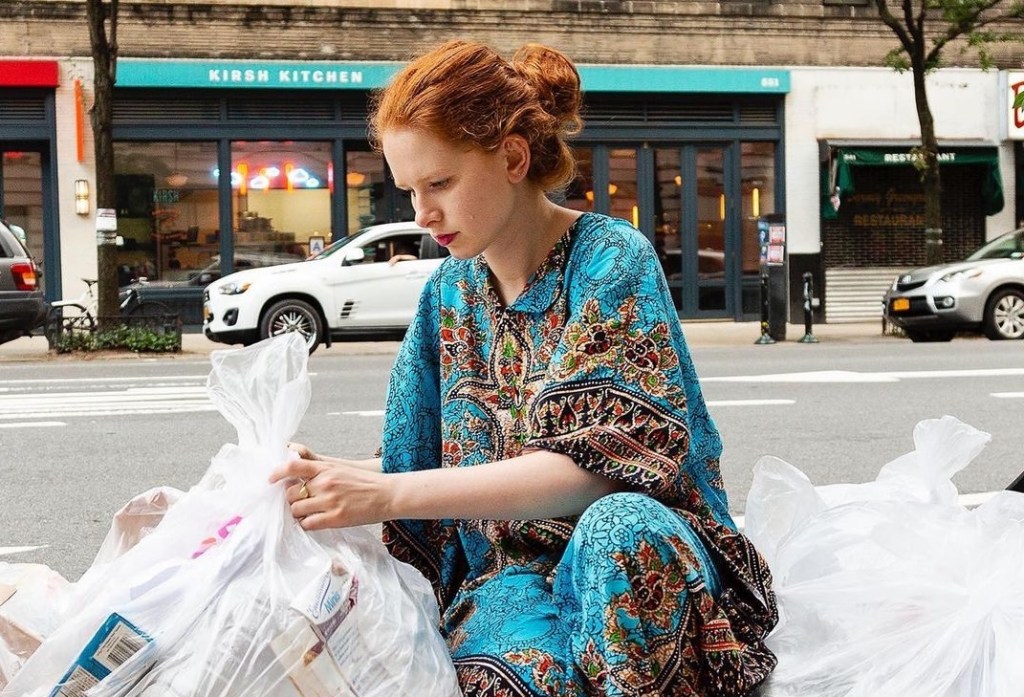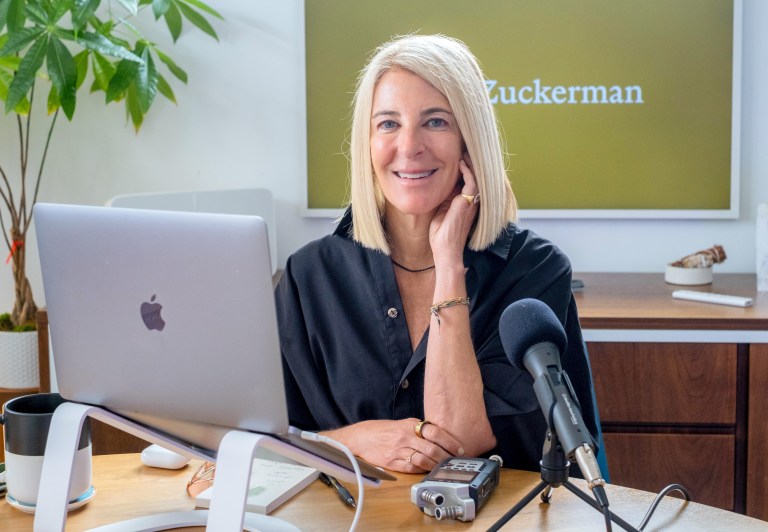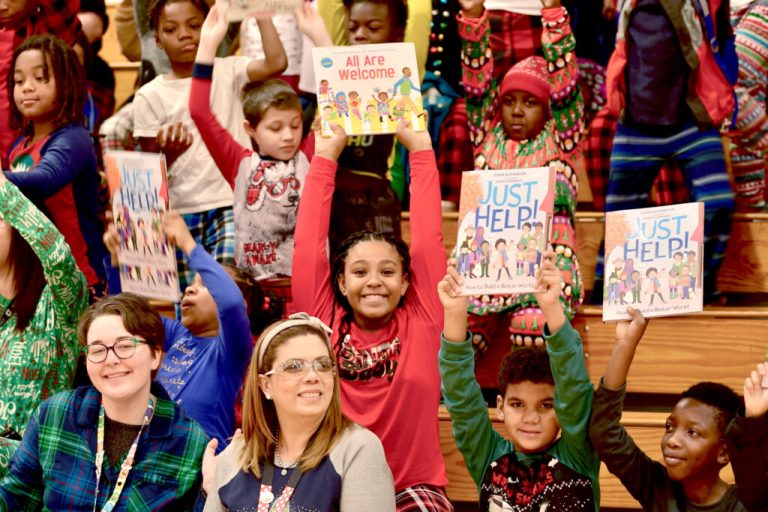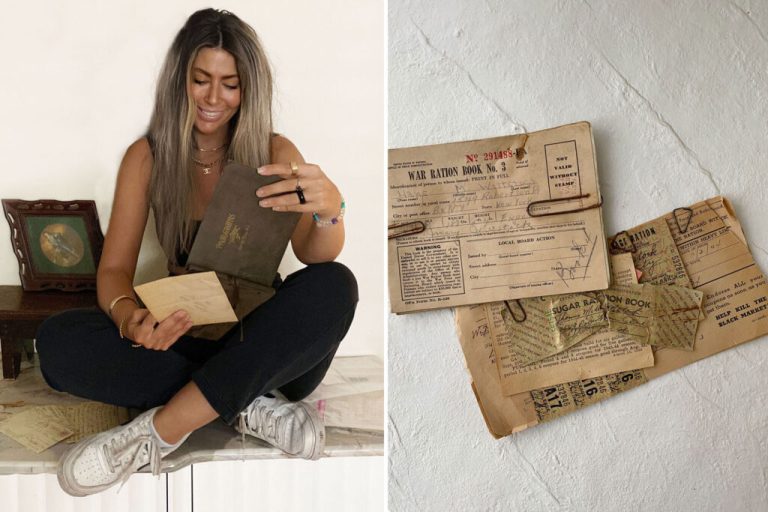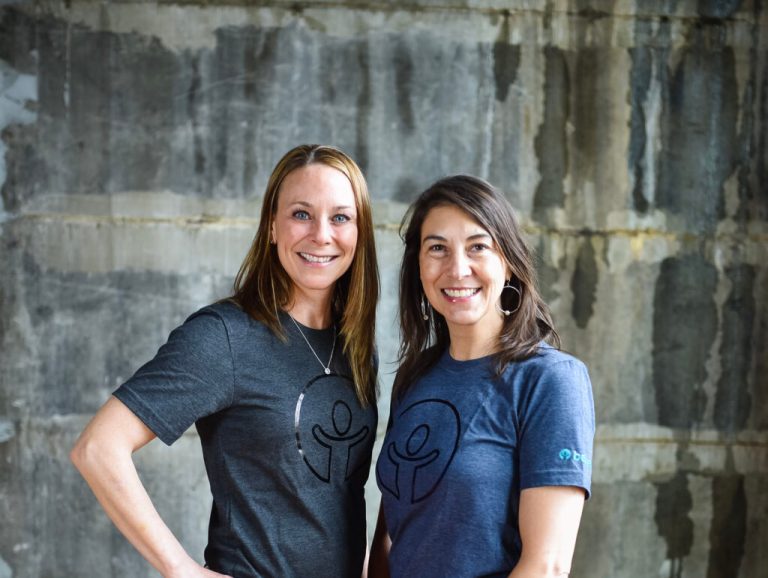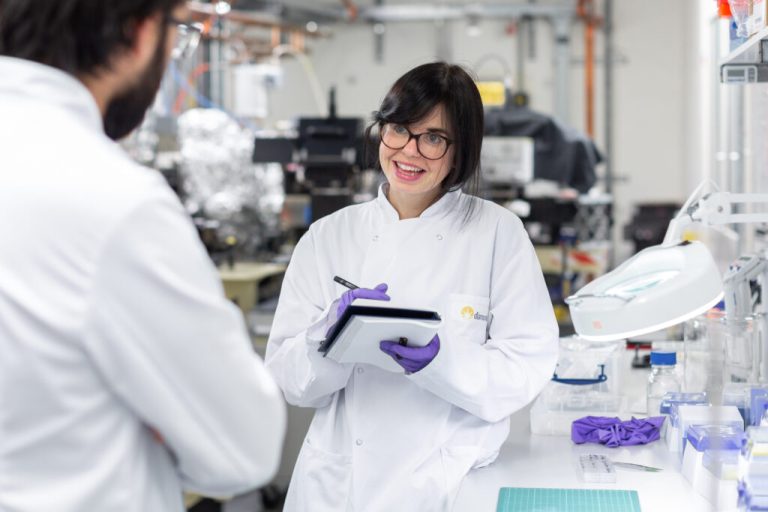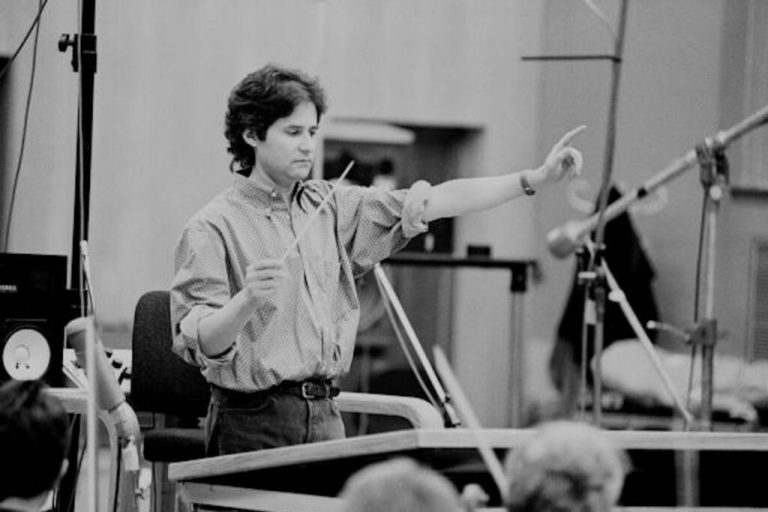Before New York City native Anna Sacks turned her attention to cleaning up the five boroughs and beyond, the 33-year-old — who goes by “the Trash Walker” on social media — was on a decidedly different path.
“My career journey has been guided in part by trying to find something that has felt inherently meaningful,” Sacks told Nice News. “I was working at an investment bank doing mergers and acquisition and capital raises. And that work, there wasn’t a very strong ‘why’ for why I was doing it.”
So Sacks opted to quit her job and take part in a three-month farming fellowship called Adamah, seeing it as an opportunity to connect with nature and develop community. There, she learned about the importance of composting and other forms of waste management, and in 2017, returned to the city with a renewed sense of purpose.
“I started paying attention to all the things that we were tossing and the waste of the curb, and becoming very curious about it and going through it,” she explained.
@thetrashwalker Trash walk for the ages #nyc #donate #donatedontdump #dumpsterdiving #haul #vintage #shopping #recycle #climatechange #reuse #thrift #decor #free #zerowaste #eco #sustainable #ecofriendly #EndlessJourney #MadeWithKeurigContest #clothing #trash #foodie #cookies
♬ Hip Hop with impressive piano sound(793766) – Dusty Sky
Seeking a job in the field but at that point lacking the requisite experience, Sacks channeled her newfound passion into social media, filming herself strolling the streets of New York City picking through garbage.
The Big Apple’s problem with waste is arguably as old as the city itself, and has prompted Mayor Eric Adams to declare a “trash revolution” in recent years. Set to take effect in November, its latest advance is a rule requiring certain residents to place their trash into bins rather than directly on the curb.
Sacks’ early videos racked up millions of views, and the flotsam and jetsam she collected while “trash walking” ranged from antique dishes and curling irons to stainless steel cutlery. Rather than laying blame on residents, though, she focused mainly on exposing the massive amounts of needless waste that corporations create.
In one video, she rummages through bags of unopened candy thrown away by a drugstore chain. In another, she calls out a major fashion retailer for destroying its own merchandise so items remain trendy and exclusive. And she was living up to the term “influencer”: After the latter post went viral, that retailer vowed to stop the practice.
@thetrashwalker Recycling pop quiz #nyc #donate #donatedontdump #dumpsterdiving #haul #shopping #recycle #climatechange #reuse #thrift #decor #free #zerowaste #eco #sustainable #ecofriendly #TheRealPussinBoots
♬ Wes Anderson-esque Cute Acoustic – Kenji Ueda
Today, Sacks isn’t spending as much time online, but serves as the legislative chair for the Manhattan Solid Waste Advisory Board, through which she helps advocate for waste management legislation. One such bill the board supported was passed into law last summer and has since made curbside composting pickup available to residents of all five boroughs.
“It’s huge,” she said, noting that not only will the mandate divert waste from landfills and incinerators and reduce the greenhouse gasses associated with them, but it also has the potential to save the city a significant chunk of change on trash disposal fees.
Another is called The Fashion Act, a New York State bill that would require “big fashion” to be held accountable for its supply chain, from human rights abuses to chemical misuse.
And Sacks has even grander aspirations. “My big dream, my big goal that I’m trying to put out into the universe as much as possible, is the creation of a Department of Circularity for New York City,” she shared.
“We have over 1 million students in New York City public schools, and the majority of public schools use single-use disposable items for their meals,” Sacks gave as an example of where the hypothetical department could effect change. “There are probably 5 million single-use objects used by the public school system every single day it’s in session. And so that needs to be switched. So how do you switch all those schools and how do you increase the dishwashing capacity, and where does that happen? And what are the systems that need to be created?”
@thetrashwalker Buy Nothing swap in the park ✨ nyc donate donatedontdump dumpsterdiving haul buynothing shopping recycle climatechange reuse thrift decor free zerowaste eco sustainable ecofriendly swap park summer
♬ Golden Hour: Piano Version – Andy Morris
She imagines the department could also host “swaps” and provide more support for community composting and repair of appliances and light fixtures. Having the city help with move-outs and host large-scale dye events, where people can bring stained clothing to indigo dye, are also on her vision board.
“That’s one of the things that I think is really important about local climate solutions,” Sacks said. “It does both: It builds a better world through climate mitigation and climate resiliency and also through building local community.”
Tips From the Trash Walker
Contrary to popular belief, thrift stores aren’t always the best option for ensuring your goods get a second life, per Sacks. Many throw away a lot of what they take in, particularly clothing, books, games, puzzles, and dishes. Instead, she suggests donating your unwanted items through Buy Nothing groups.
She also recommends giving away leftover yet still perfectly edible food to people you know.
“In my group, I frequently see someone say, ‘Oh, I have half a birthday cake left.’ And that’s a really sweet thing to do, to be like, ‘I don’t want to waste this cake, but I also don’t want it in my fridge, so maybe someone else will want it,” she said.
Holidays are huge generators of waste, with one 2021 study finding that Americans who celebrate a winter holiday generate an average of nearly 30 extra pounds of trash a week during the celebratory season.
@thetrashwalker Here comes santa #nyc #donate #donatedontdump #dumpsterdiving #haul #vintage #shopping #recycle #climatechange #reuse #thrift #decor #free #zerowaste #eco #sustainable #ecofriendly #cvs #candy #chocolate #christmas #xmas #dove #yum #food #foodie #mars
♬ A Holly Jolly Christmas – Instrumental – Molly Tapia
But you don’t have to forgo festivity. Sacks suggests buying decorations, wrapping paper, and other items secondhand, and notes that Halloween is a great time to try that out with friends.
“If I’m looking for a little Red Riding Hood costume, I’m going to search [eBay] for a red cape and find something that’s similar. Or I’m going to host a swap and borrow my friends’ costumes and we’ll be able to switch it up that way,” she said, adding, “There are so many options.”
